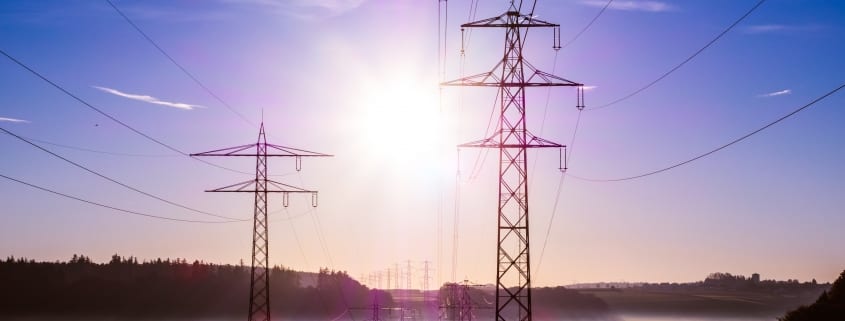The power sector and COVID-19: Planning for a sustainable recovery
[This post first appeared on World Bank Blogs on June 3.]
A recent blog by Stéphane Hallegatte and Stephen Hammer has already generated debate about how to undertake pandemic recovery stimulus packages in ways that support ongoing momentum toward a decarbonized world. This piece builds on that analysis, focusing on the role of the power sector.
Governments failed to anticipate how to prepare their economies and public health systems to weather a storm like the coronavirus (COVID-19). As such, the cost of the crisis and the subsequent recovery is enormous. We had in effect to stop the global economy so that health systems could cope. It is crucial not to fail again, whether to avert the next pandemic or the “mother of all crises” posed by climate change.
It’s well understood that the impending, massive fiscal stimulus packages will be an opportunity amounting to trillions of dollars. If this chance to avert the climate crisis is missed, it may never come again. But how best to seize the opportunity?
Here are important lessons in four key areas:
- Policies for clean energy. Supportive policies have achieved a lot in spreading deployment of clean energy, reducing unit costs through global economies of scale and accelerating the learning curve. Policies have included, for example, the use of auctions for clean energy procurement to minimize the need for subsidies. The next phase of reforms might focus on ensuring that market structures and regulations provide remuneration for investments in energy storage, to offset the variability of solar and wind.
- Costs of clean energy. Another key lesson is that the sooner a clean technology can graduate from needing subsidies, the better. There have been too many examples of subsidies being suspended during fiscal crises, making investors not want to rely on them indefinitely. One important difference in the situation today, versus recovery after the 2008 global financial crisis, is that there are now cost-competitive renewable energy technologies. Subsidies should be refocused on the technologies that are new and promising, and that can take decarbonization to a new level (e.g., flexible power solutions, such as demand responsiveness or energy storage).
- Security of energy supply. Variable renewable energy can replace fossil fuels up to certain level of penetration in a power system, but it will eventually reach a limit, affecting the security of electricity supply. At that point, flexible power solutions need to be in place to enable cheap variable renewables to continue to penetrate the system.
- Financing for clean energy. Experience shows that early investments in clean energy technologies need financing that is on less than commercial terms, to enable a demonstration and replication effect. That is precisely what the special funding mechanisms I describe below are for. They are particularly useful when it is possible to involve private investment and support it with a blend of commercial and concessional finance.
So, drawing on these lessons, here is a suggested solution, in which the World Bank Group and Climate Investment Funds could provide leadership:
- Governments could use quick-disbursing development policy operations (DPOs) from the World Bank and other multilateral development banks (MDBs) to support policy reforms that enable clean energy investments to be a key component of economic recovery. Countries’ National Determined Contributions (NDCs) would in many cases provide a “ready-made” policy framework.
- Investors could start preparing investment projects for support, when “shovel-ready”, from the Climate Investment Funds (CIFs) and Green Climate Fund (GCF). These investments could be an important component of fiscal stimulus packages, creating income and employment directly, while also helping provide the cheap energy needed to drive economic recovery.
- Donors could ensure that climate action constitutes an important part of the development financing from MDBs for the COVID-19 recovery effort. This would require that resources in the CIFs and GCF scale up proportionately to the development financing effort from MDBs. Donor decisions about this need to start being made, and they would greatly facilitate the preparatory international discussions leading up to the UK-hosted COP26 climate negotiations next year. This may be how Glasgow succeeds where Madrid did not.
So, we should scale up DPOs now based on countries’ NDCs, get investment projects shovel-ready, and replenish the CIFs and GCF on a scale commensurate with the size of the challenge. With these approaches, much could be achieved towards averting the next crisis. It’s only really a matter of the political will to do it, and the insight to recognize that not doing so invites catastrophe. The pandemic makes clear that we must be visionary in our planning if want to reduce our vulnerability to future shocks.
About the Author: Jonathan Walters is a Senior Advisor at Castalia.


